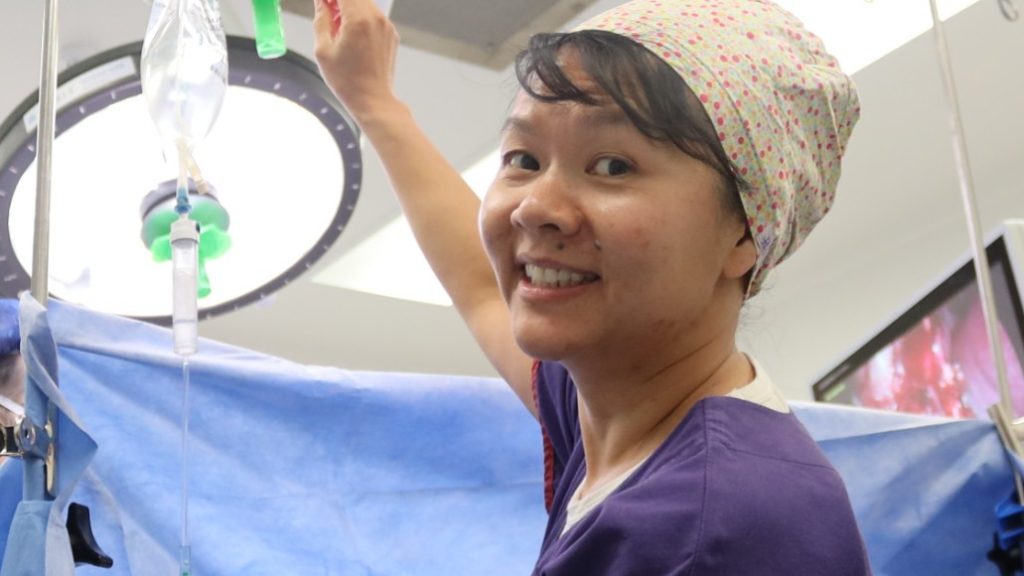Dr. Suzi Nou hosts an insightful and entertaining podcast as members of the the Australian Society of Anaesthetists chat with experts and friends about issues that impact Australian anaesthesia today. Having a powered air-purifying respirator (PAPR) is a key topic of discussion for Anaesthetists given the current climate.
Dr. Nou describes herself as ‘an ordinary person who happens to be an anaesthetist’. She also happens to be the first Cambodian-Australian Chair of the Australian Society of Anaesthetists (ASA) and only the fifth woman to hold this post – besides being the first representative from Northern Health.
In this particular episode ASA chats with Rob Wengritzky, Chris O’Loughlin and Leo Cordova, sharing their experience of implementing the CleanSpace HALO powered air-purifying respirator into their operating theatres at Frankston Hospital in Victoria.
Most impressive to Dr. Nou was the Frankston Hospital’s speed with which full implementation was achieved and the bringing together of many entities: the Department of Health and Human Services (DHHS), CleanSpace, nurses, CSSD staff, surgeons and even the engineering department.
If we are to move quickly and effectively when implementing any new technology and particularly in response to COVID-19, we need to do it together.
Full podcast can be streamed here: https://www.audacy.com/podcasts/australian-anaesthesia-45853/implementing-the-cleanspace-halo-348731722
You can read more about this subject in the Australian Anaesthetist magazine where Dr. Suzi Nou and her colleagues tackle topics such as:
2020 on 2020: Presidential reflections on the ASA COVID response
- How did 2020 impact ASA membership?
- Nimble and focussed: the keys to advocacy in the pandemic
- Remote representation: How the ASA staff left the office behind in 2020
- The fourth ASA COVID-19 survey
- Experiences during the pandemic: rolling out a comprehensive half-faced powered air purifying respirator program during the ‘second wave’


Share